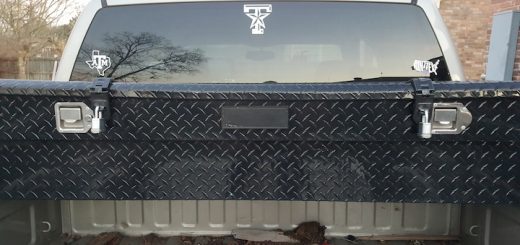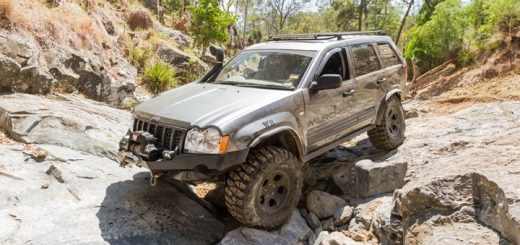A Guide to Choosing a Sleeping Bag for Camping
A restful night’s sleep in the great outdoors begins with choosing the ideal sleeping bag. When car camping, you can pick a roomy and plush sleeping bag without worrying about weight or size constraints. However, most campers are backpackers and hikers, so an ultralight sleeping system is essential.
How Do I Know Which Sleeping Bag to Buy?
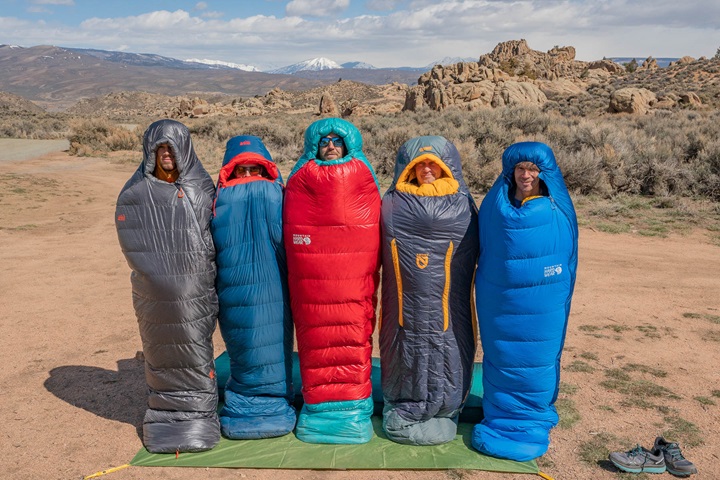
While there are several sleeping bag types available, such as winter and summer, men’s and women’s, and down or synthetic filled, in essence, there are two main types of sleeping bags: camping and backpacking. Camping bags offer plenty of room for movement, while backpacking bags are more compact and lightweight. If you’re looking for a versatile option to get the best of both worlds, opt for an ultralight sleeping bag.
When picking an ultralight backpacking sleeping bag, it’s essential to find the ideal balance between warmth and weight. Here are the key factors when selecting the best sleeping bag for your needs from the array of high-quality options available online.
Consider Weight and Shape
The insulation and the design determine the weight and shape of a sleeping bag. Advanced synthetics and high-fill-power downs offer more excellent warmth for less weight than less efficient insulations, which is why many outdoor enthusiasts choose an ultralight sleeping bag. These typically weigh under a kilo and come in various shapes for different sleeping preferences. When comparing bag weights, it’s essential to consider bags with similar temperature ratings, as a warmer (lower) temperature rating necessitates more insulation.
The total bag weight is a significant factor when calculating your overall backpack weight. Remember that the insulation fill weight reflects only the weight of the filling and not necessarily the warmth level of the bag.
Find the Right Sleeping Bag Shape
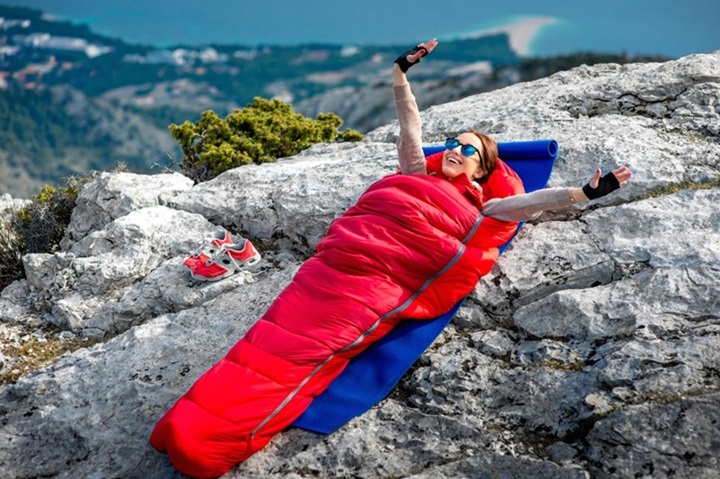
Different sleeping bag shapes cater to various needs. Here are three basic shapes to consider.
Mummy – These bags have a slim cut and a contoured hood that you can adjust for added warmth. Mummy bags fit snugly, and you typically roll over with them rather than inside.
Semi-rectangular – Also known as “modified mummy” or “barrel shape,” these bags strike a balance between cosiness and space.
Rectangular – Many camping bags have a simple rectangular shape to maximise interior space.
What Temperature Rating Sleeping Bag Should I Get?
The temperature rating of a sleeping bag indicates the lowest temperature at which it can keep an “average sleeper” comfortably warm. If you’re wondering about the appropriate temperature rating for your sleeping bag, it’s a good practice to choose a bag rated for temperatures slightly lower than what you anticipate experiencing. When in doubt, opt for a bag with a lower temperature rating, as you can always vent it to cool off when the weather warms up.
While having a specification for quick comparison is convenient, it’s crucial to grasp the nuances of temperature ratings and the associated terminology. You can compare temperature ratings confidently if the bags have an “ISO” or “EN” rating. These standardised tests enable cross-brand comparisons. It’s worth noting that ISO and EN ratings are equivalent, with ISO further enhancing test result consistency across different laboratories, while EN served as the previous standard.
According to ISO/EN testing, a sleeping bag has two temperature ratings: “comfort” and “limit.” The “comfort” grade only applies to women’s bags and refers to the lowest temperature at which a typical “cold sleeper” will feel comfortable. Men’s or unisex bags typically come with a “limit” rating, representing the lowest temperature at which an average “warm sleeper” will remain comfortable. If a bag lacks a “comfort” or “limit” rating, it’s likely a brand’s estimate rather than an ISO or EN test result.
It’s important to understand that a sleeping bag’s temperature rating isn’t a guarantee of warmth. While the rating system allows for comparison between bags from different brands, various factors, including humidity, wind, shelter type, ground conditions, clothing, and personal preferences, influence your actual warmth and comfort. Your sleep system comprises three fundamental components: the sleeping bag, the sleeping pad, and your clothing. Using a less-insulating pad in colder temperatures may lead to your sleeping bag not performing up to its temperature rating.
Additional Features to Enhance Comfort
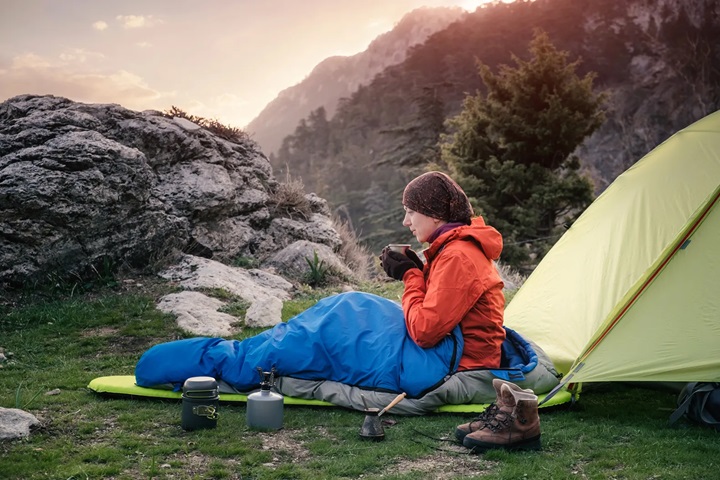
Hoods – Hoods provide extra warmth, particularly when snugly wrapped around your head. Some hoods come with drawcords of varying thicknesses to adjust the hood opening and neck fit.
Draft Prevention Features – Draft tubes run along the entire length of the bag, hidden behind the zipper, to keep warm air from escaping. Some bags include draft collars or yokes around your neck to retain warmth.
Anti-Snag Zipper Features – These prevent the zipper from catching or snagging, ensuring smooth opening and closing.
Pillow Pocket – Some sleeping bags include a dedicated pocket to stuff items to create a makeshift pillow. If your bag lacks this feature, you can always bring your pillow or a camping pillow.
The Importance of Making the Right Choice
Selecting the right sleeping bag is a critical step in ensuring a comfortable and cosy night’s sleep in the wilderness, whether you’re car camping or backpacking. Understanding the nuances of temperature ratings, bag shapes, and additional features will help you make an informed choice for your outdoor adventure.


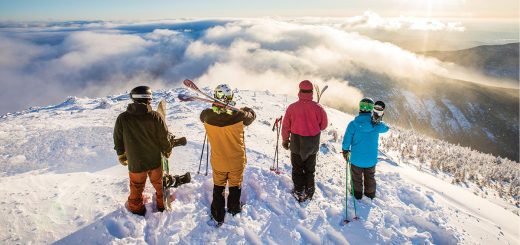



![AFX Sauber F1 C44 Stake No24 Slot Car [22092]](https://www.availableonline.com.au/wp-content/uploads/2025/06/6ccd9e30-c6fa-4910-9081-5fcc3ba80b04__60843-520x245.jpg)
